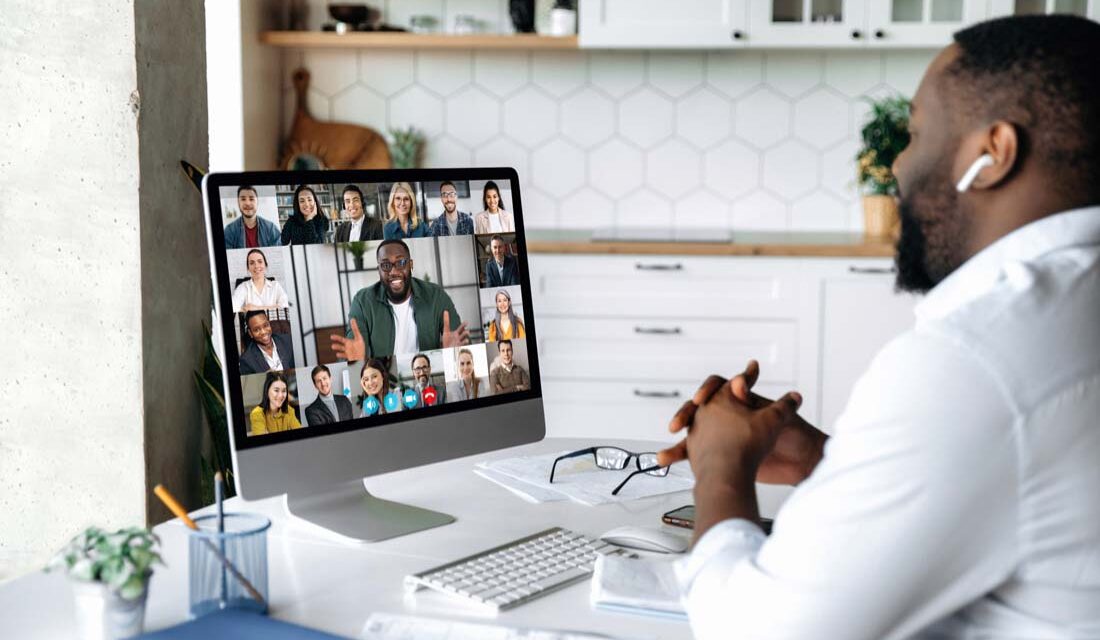Remote work has evolved from a temporary fix into a long-term reality for professionals across industries. Whether you’re a freelancer, part of a hybrid corporate team, or running your own business from a spare bedroom, having a dependable, distraction-free work setup isn’t a luxury – it’s a necessity.
Most people think they’ve got their home office covered if they have a good laptop, a decent desk, and maybe a ring light for Zoom calls. But what separates a functional setup from a frictionless one often comes down to small, overlooked details. And one of the biggest pain points? Connectivity.
The Invisible Link Between Tools and Productivity
You can spend thousands on monitors, microphones, and noise-cancelling headphones, but if your video feed stutters because of a weak HDMI connection or your hard drive keeps disconnecting mid-project due to a poor-quality USB cable, productivity grinds to a halt.
That’s because the weakest link in your workflow often isn’t the device itself, but the connection between them. In an office environment, IT teams often maintain a silent infrastructure of routers, docking stations, and cable management. At home, you’re the IT team, and the infrastructure is usually cobbled together from whatever was lying in a drawer.
Common Home Office Connectivity Issues
Here are just a few technical bottlenecks remote workers often face:
- Unreliable monitor connections: Flickering, resolution issues, or screens not being detected due to aging or underperforming HDMI cables.
- Audio dropouts: Poor-quality USB-C to 3.5mm adapters are causing headsets to cut out during video calls.
- Data transfer failures: Inexpensive USB hubs not supplying enough power for external drives or peripherals.
- Wi-Fi instability: Laptops are struggling with bandwidth while competing with other household devices, especially in meetings or live streams.
- Cable clutter and confusion: An unorganized desk makes it harder to troubleshoot quickly when something goes wrong.
None of these are glamorous issues, but each one can drain your focus and energy, little by little, every day.
Building a Reliable Remote Office from the Ground Up
Creating a professional-grade remote setup doesn’t mean spending a fortune. It means being intentional with your tools and investing in quality where it matters most. Here’s how to future-proof your workspace:
- Stabilize Your Internet Connection
Wi-Fi is convenient, but it isn’t always reliable, especially when multiple people in the household are streaming or gaming. A direct Ethernet connection dramatically improves stability and reduces latency, which is critical for video calls or large file transfers. If a direct line isn’t possible, consider mesh Wi-Fi systems or powerline adapters.
- Use a Docking Station or USB Hub
If your laptop only has two ports, a docking station or high-quality USB hub is a must. Look for one that supports USB 3.0 speeds, has built-in power delivery, and can handle multiple simultaneous connections without overheating or cutting out.
- Match Cables to Device Requirements
Not all HDMI or USB cables are the same. An older HDMI 1.4 cable might not support 4K displays, and a generic USB-C cable might not deliver fast charging or high-speed data. Make sure your cables match the performance levels your devices require – especially if you’re using external displays, SSDs, or webcams.
- Ergonomics Matter More Than You Think
A second monitor, external keyboard, and adjustable laptop stand aren’t just comfort upgrades – they dramatically increase efficiency and prevent long-term strain. Position your monitors at eye level, keep your wrists aligned, and make sure your screen real estate is optimized for multitasking.
- Cable Management = Mental Clarity
Use cable sleeves, adhesive clips, or a simple under-desk tray to keep your setup clean. Not only does this prevent a physical mess, but it also improves your ability to troubleshoot issues and maintain a more focused mindset during the workday.
Why Cables and Adapters Deserve More Attention
Too often, cables and adapters are an afterthought. People buy the cheapest option available online, only to deal with dropped connections, damaged ports, and performance issues. But quality makes a big difference.
Good cables provide stable voltage, better shielding, and higher data capacity. They’re less likely to fray, fail, or cause device errors. The right adapters ensure compatibility across generations of tech, which is vital when you’re using an older monitor with a new laptop, or needing to connect a DSLR camera for professional video calls.
When your gear is built on a foundation of dependable connections, your tech just works – and that’s exactly what you want when you’re on a tight deadline or presenting to clients.
Final Thoughts
Working from home is here to stay, and so is the need for a reliable, well-designed workspace. While flashy gear gets all the attention, the true secret to a seamless remote setup lies in the less glamorous components: proper wiring, power distribution, and compatibility.
By investing in high-quality cables and adapters, organizing your desk, and stabilizing your connections, you remove the hidden friction that slows you down. The result? A smoother, more productive workday and fewer tech headaches along the way.










Recent Comments